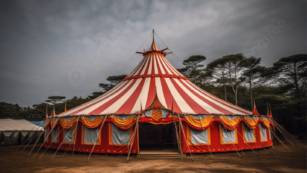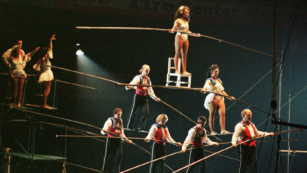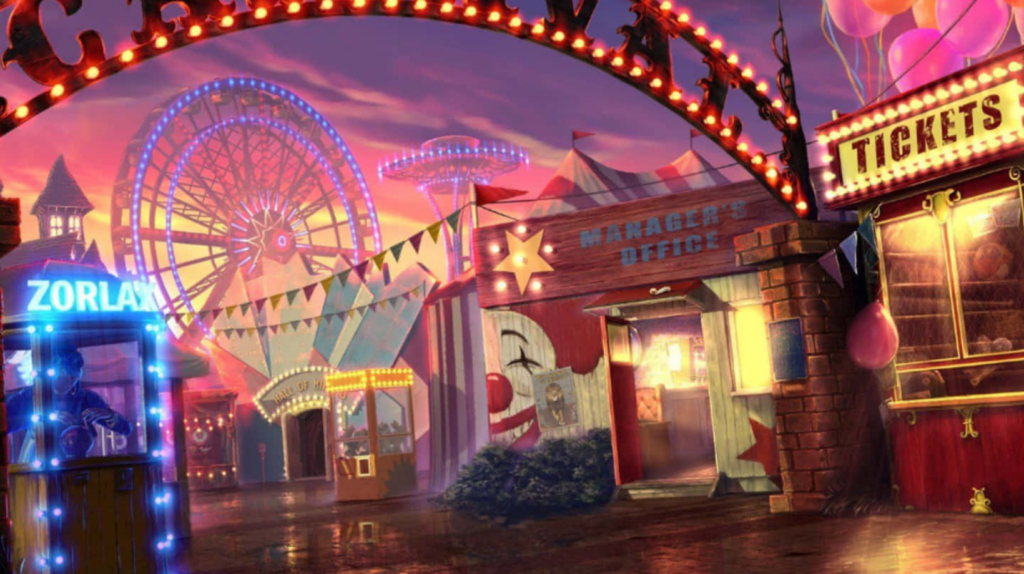Going to a circus is a fun experience as you get to see performers doing hard-to-believe stunts and acts that they’ve been practicing all their life for. It is quite common to see animals in circuses, but even though horses were always present, most people associate a circus with lions, elephants, and even giraffes.
Horses and humans share a bond that is thousands of years old. So, they’ve been present in the circus helping athletes perform incredible acts ever since the beginning.
Let’s talk more about the history of equine performers in a circus and find out how they’ve become so popular.
History and Evolution
As we mentioned before, horses apart from helping in transportation and other labor tasks, have found themselves in the circus. Since we share a long history with these animals, they have with present in our circus fiesta since day one.
The first traces of equine performers in circuses can be traced back to ancient civilizations such as Rome and Greece. They were organizing chariot races and equestrian displays as forms of entertainment. Yes, the idea of a circus was totally different back in ancient times. They weren’t doing any acrobats (apart from unique riding styles or performing an act while riding a horse) or impressive stunts.

Ancient Greece: The Olympics might not be a circus, but it is still an event that includes horses. This highlights the deep-rooted connection between humans and horses in sports and entertainment.
Roman Events: Chariot races and acrobatic horseback displays were a staple of Roman entertainment, drawing massive crowds to witness the daring stunts and impeccable training of the equine stars.
The Beauty of Equine Performances
So why are horses a popular choice when it comes to circus animals? Well first of all they are beautiful to look at. Second and most importantly, they are smart animals that can be trained to perform certain tasks.
Just look at racehorses at the Kentucky Derby, they are trained to ride as fast as possible and have an extraordinary sense of control and focus on the track. If you want to find out more about horse racing, you can find how to read horse betting odds here.
Additionally, horses and humans have shared a strong connection for thousands of years. Basically, it is in both of our DNAs right now, and this means that humans can trust horses to do certain acts without the risk of things going wrong.
When Horses Become Popular
Now that we know that horses have been used in various events throughout history, let’s focus on their contribution as circus animals. Equine performers really came into the spotlight in the 18th and 19th centuries. This in fact marks the beginnings of the modern circus, when we introduced the blend of equestrian acts, and other animals just to make it even more entertaining.

Philip Astley was the first person that open and manage a modern circus. He created the perfect stage for horses to showcase their talents alongside acrobats, clowns, and daredevils.
The whole story started in 1768 when Philip Astley opened the first modern circus in London, featuring equestrian displays as a key attraction. Why the equestrian act?
Well, Philip Astley was an English equestrian and spent most of his life riding horses. He obviously created a strong connection with these animals, and being one of his best skills, he chose horses to be the main act.
The circus ring, with its circular design, allowed for close-up views of the horses’ breathtaking maneuvers.
Types of Equine Performances
Nowadays horses can be commonly found in circuses all around the world. Depending on the circus we can see many different acts, such as:
Dressage: This is a calmer and more easygoing act, where people can see a highly disciplined form of riding that showcases the precision and the bond of humans and horses. It also showcases the horse’s ability to execute intricate movements with elegance.

Acrobatics on Horseback: This is another popular act where acrobats do all kinds of things while riding a horse. The horse usually runs in a circle at a slow pace while the performers combine gymnastics and horsemanship to do incredible stunts. This requires incredible riding skill and talent, which is why it is one of the main attractions in a circus.
Trick Riding: Known for its adrenaline-pumping stunts, trick riding involves riders performing feats like standing on the backs of moving horses or executing somersaults while riding.
Liberty Acts: These performances showcase the horse’s freedom and intelligence as they navigate obstacles, interact with props, and demonstrate their natural behaviors.
Training and Care
Behind every exciting equine performance are hours of dedicated training and meticulous care.
There are a lot of debates about the ethical aspect of using animals in circuses, which is why proper care, training, and practice are necessary.
Trainers work tirelessly to build trust with their horses, using positive reinforcement techniques to teach complex maneuvers and ensure the safety and well-being of both horse and rider.

